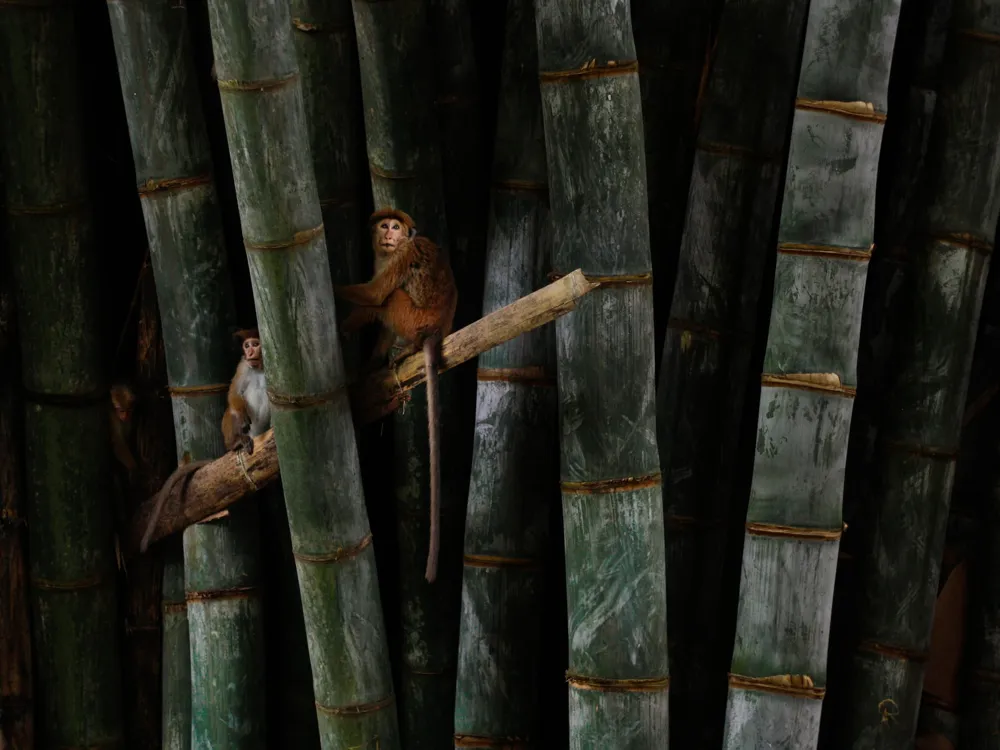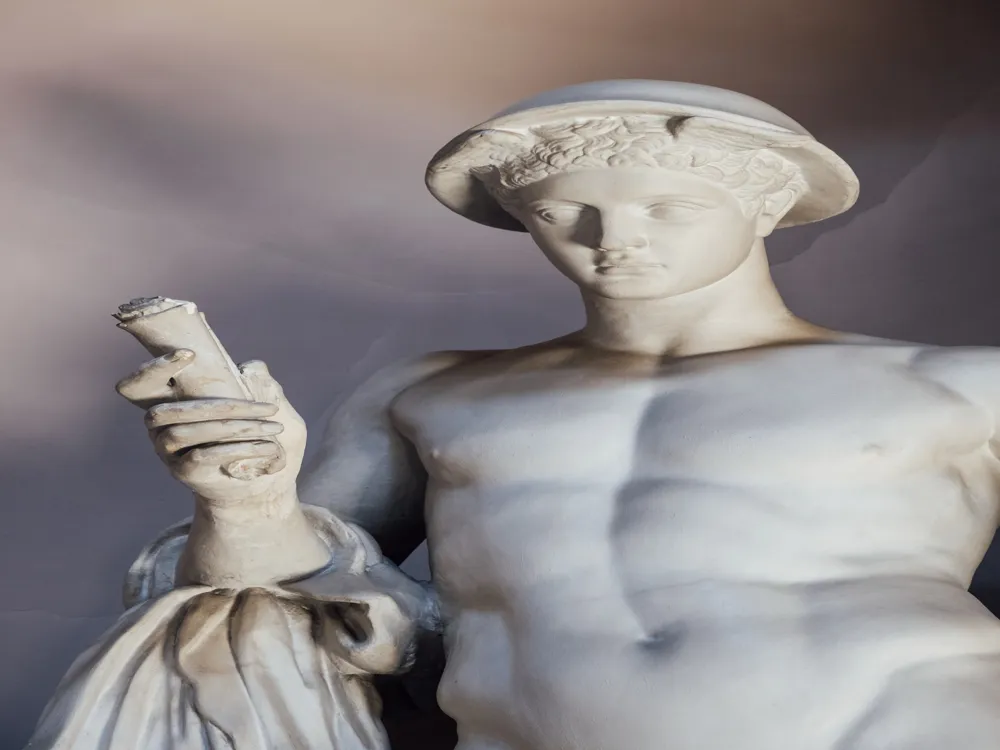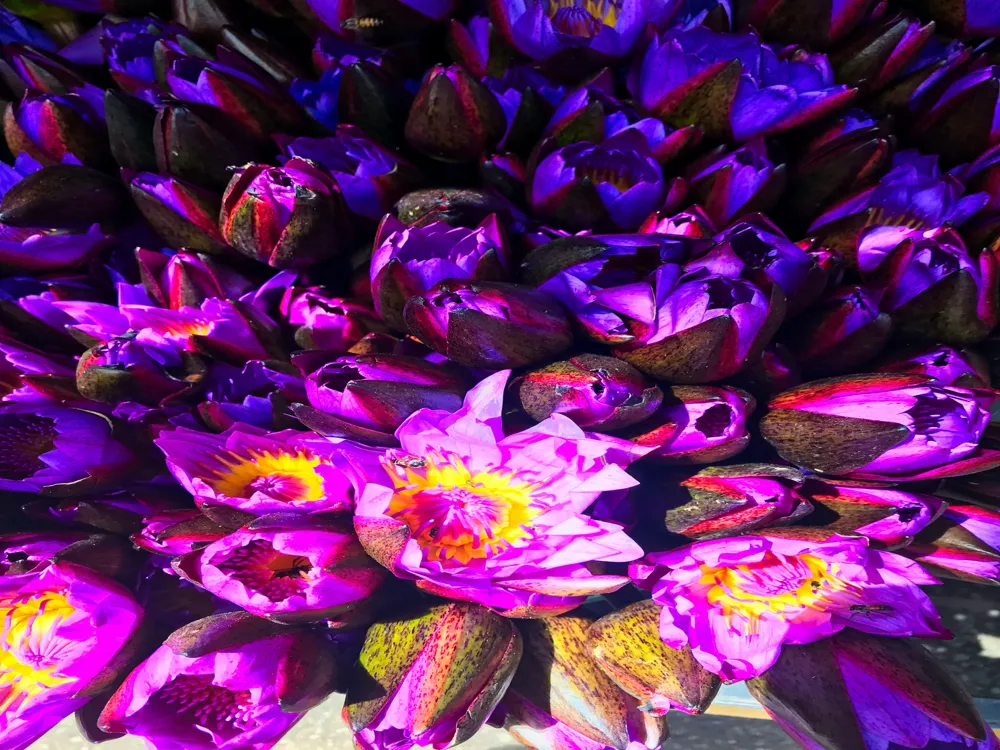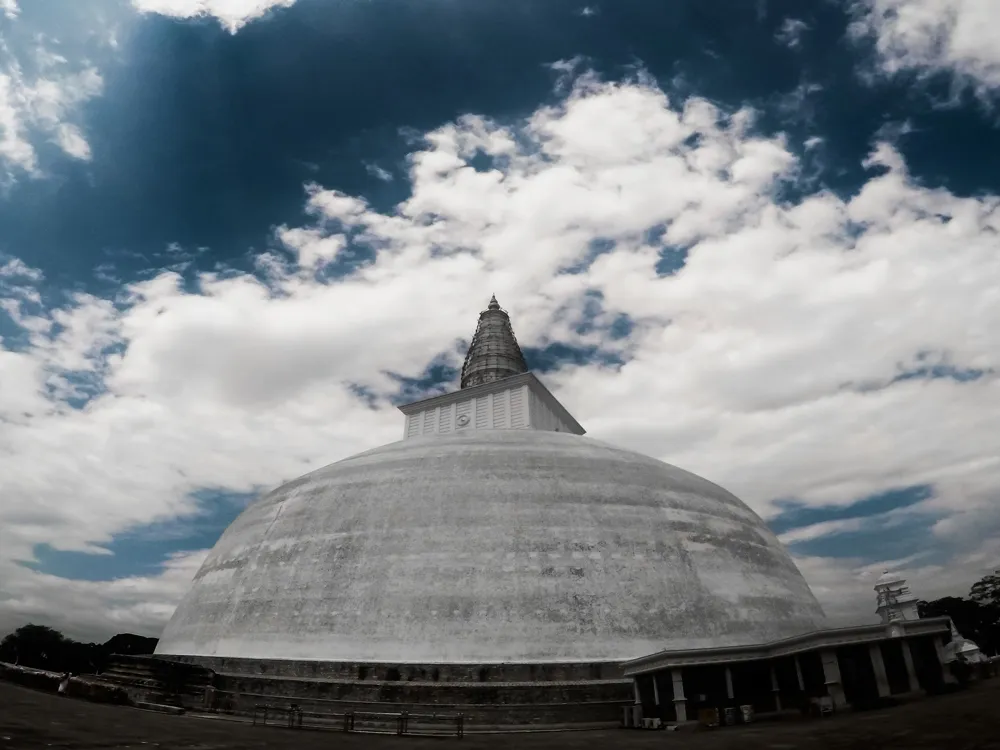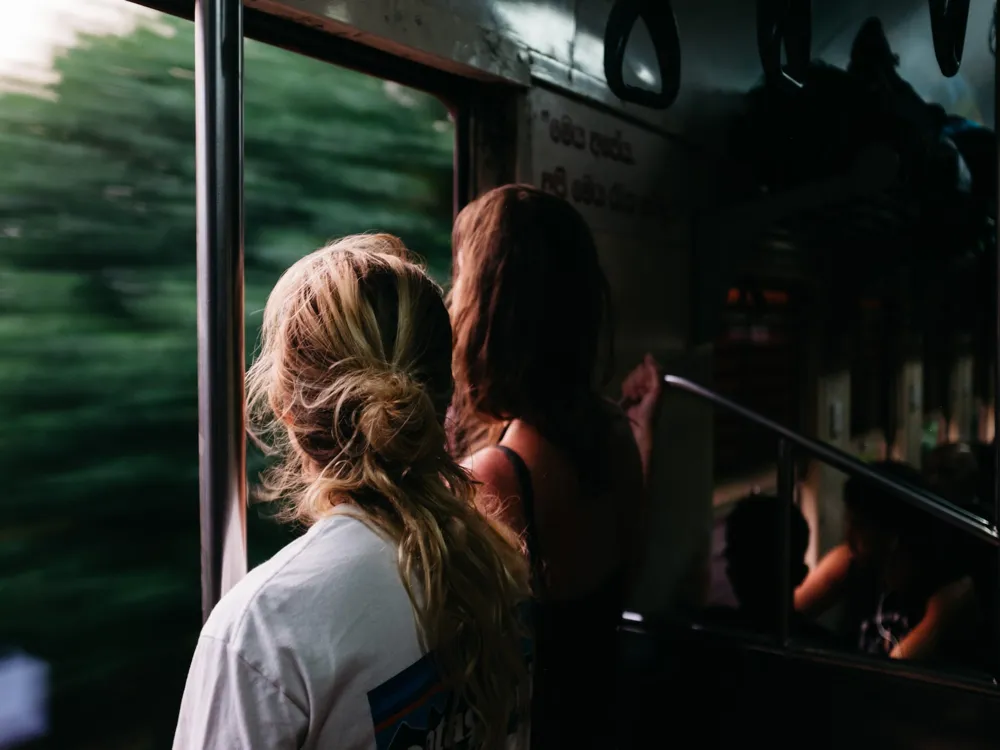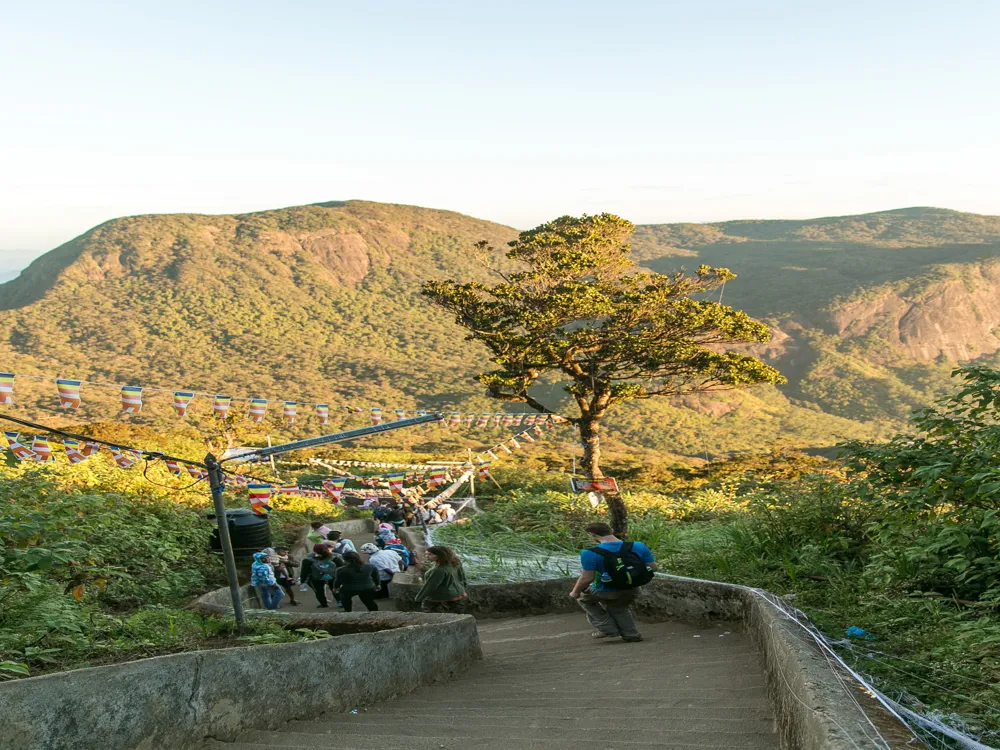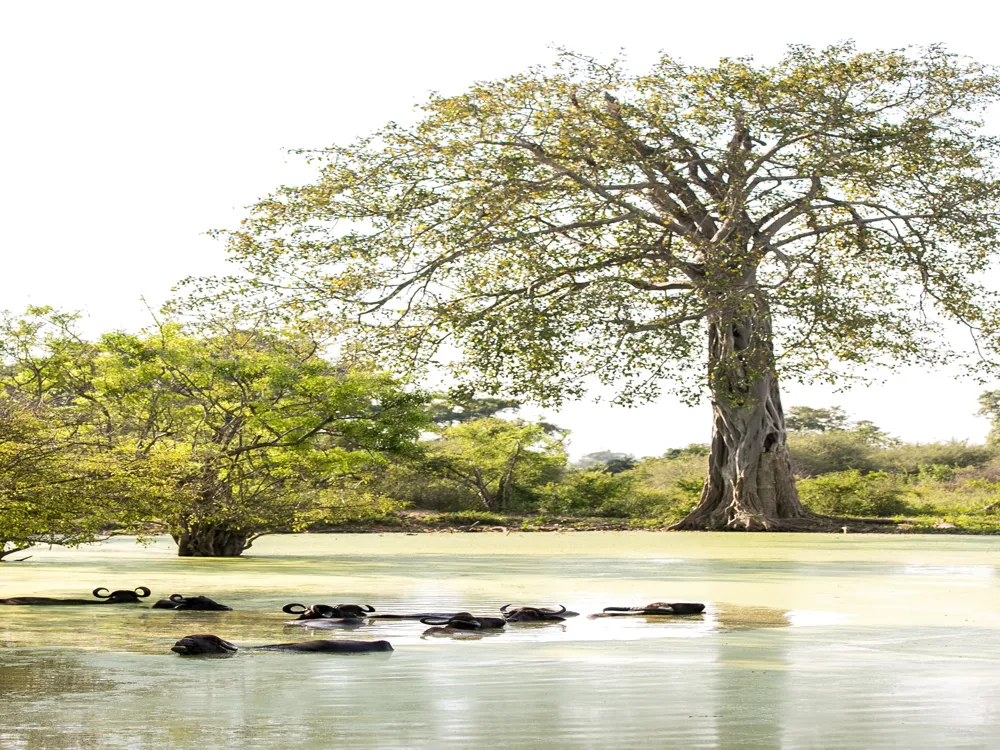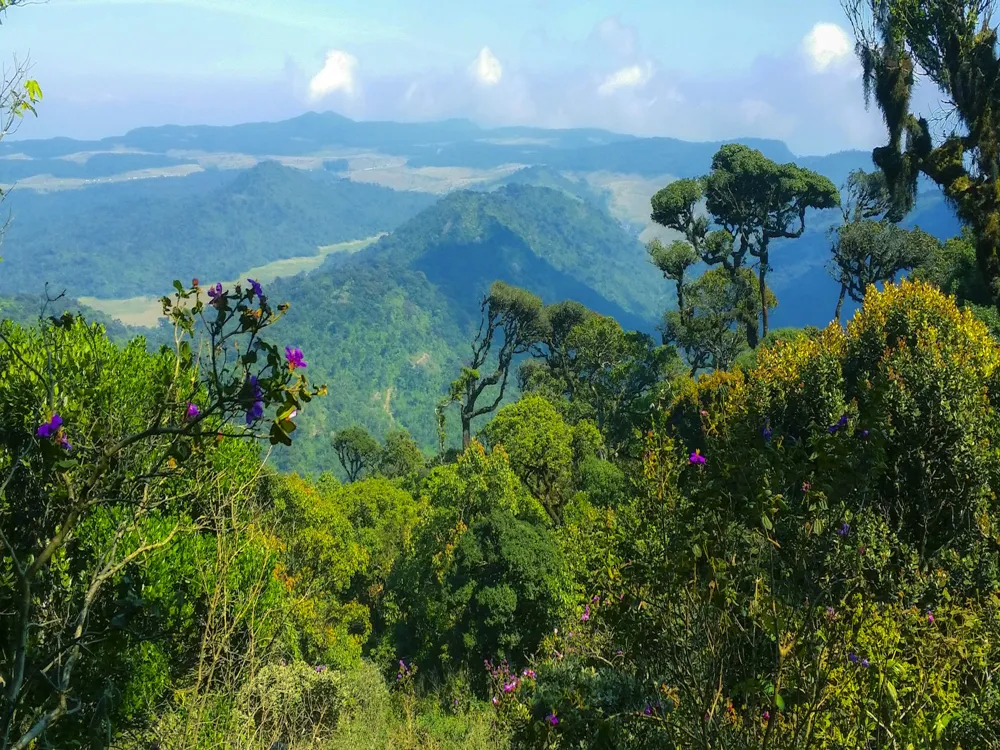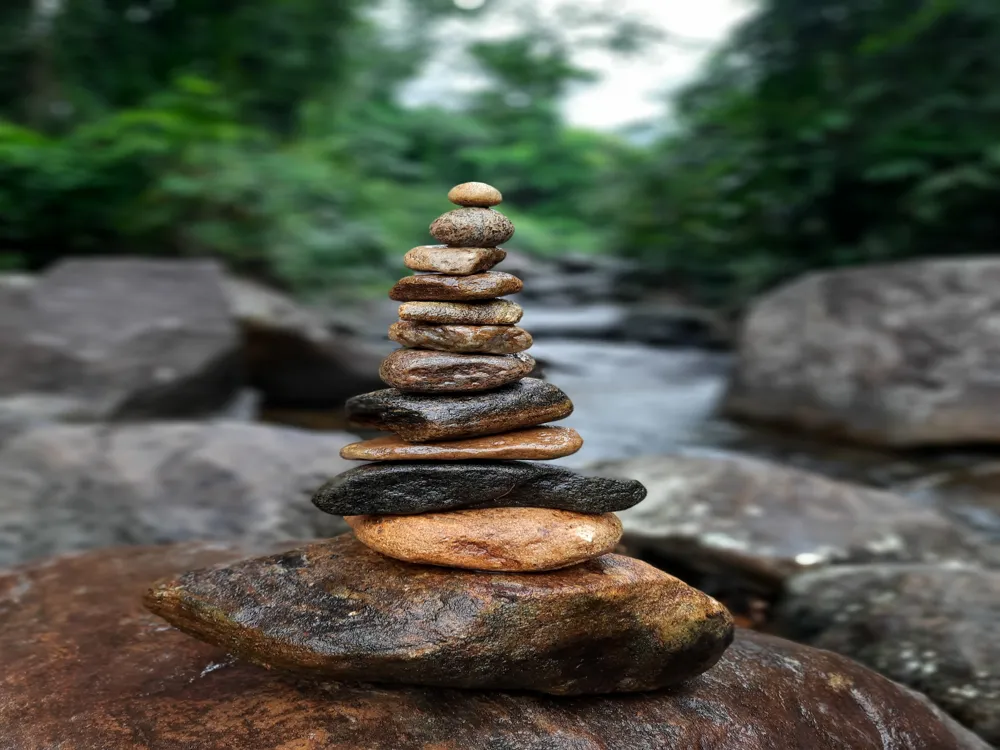Embekke Devale, nestled in the quaint village of Embekke near Kandy, Sri Lanka, is a hidden gem that boasts an extraordinary display of medieval Sinhalese architecture. Established in the 14th century under King Vikramabahu III of the Gampola era, this temple is dedicated to the worship of Mahasen, known locally as Kataragama Deviyo. A unique aspect of Embekke Devale is its rich historical background intertwined with local folklore, making it a captivating destination for both history enthusiasts and spiritual seekers. The temple complex is renowned for its intricate wood carvings and detailed sculptures that adorn its halls and doorways. These carvings are not only significant for their artistic value but also hold great cultural importance, depicting various aspects of ancient Sri Lankan society, Buddhist mythology, and astrological symbols. The temple's setting in the midst of lush Sri Lankan countryside adds to its serene and mystical ambiance, making it a perfect retreat away from the bustle of city life. As a visitor, you will be taken back in time to experience the grandeur of ancient Sinhalese architecture and craftsmanship. The spiritual atmosphere of the temple, combined with its historical significance, provides a unique and enriching experience that stays with you long after your visit. Whether you are a history buff, art lover, or a spiritual seeker, Embekke Devale is a must-visit destination that offers something for everyone. The architectural brilliance of Embekke Devale is a testament to the ingenuity and skill of ancient Sri Lankan craftsmen. The temple is divided into three main sections: the Sanctum of Garagha, the Digge or Dancing Hall, and the Hevisi Mandapaya or the Drummers' Hall. Each of these areas showcases distinct features of medieval Sinhalese architecture, from intricate wood carvings to stone pillars and murals. The Sanctum of Garagha, the most sacred part of the temple, houses the deity and is adorned with remarkable wood carvings that are considered some of the best in Sri Lanka. These carvings depict a variety of designs, including entwined swans, double-headed eagles, entwined rope patterns, and an array of foliage, dancers, and mythical animals. The attention to detail and precision in these carvings reflects the high level of artistry and craftsmanship of the period. The Digge or Dancing Hall is another architectural marvel. It features a series of elaborately carved wooden pillars that support the structure. Each pillar is unique, displaying various designs and motifs that reflect both religious and cultural themes. The roof structure of the Digge is held together by a complex network of beams and rafters, showcasing the advanced understanding of structural engineering by the ancient builders. The Hevisi Mandapaya or Drummers' Hall is where ritualistic drumming takes place. This area is characterized by its open structure and rows of elegantly carved pillars. The carvings here are more focused on traditional drum and dance rituals, integral to Sri Lankan religious ceremonies. The hall's design ensures optimal sound resonance, highlighting the importance of music and dance in worship practices. In addition to these primary sections, the temple complex also includes smaller shrines and structures that contribute to its overall charm and historical significance. The fusion of Buddhist religious themes with the local art and architecture makes Embekke Devale a unique representation of Sri Lankan cultural heritage. As a place of worship, visitors should dress modestly. It is advisable to wear clothes that cover shoulders and knees. Removing shoes before entering the temple premises is also a sign of respect. Opt for a guided tour to gain a deeper understanding of the temple's history, architecture, and cultural significance. Local guides are usually available at the site. Photography is generally allowed, but it's important to be respectful. Avoid taking pictures during prayer times or of worshippers without permission. Some areas may restrict photography, so look out for signs or ask for guidance. Be mindful of local customs and traditions. Engage with the local community respectfully and show interest in their culture and practices. The temple has specific opening and closing times, which may vary on special religious days. Check the timings in advance to plan your visit accordingly. Embekke Devale is located approximately 12 kilometers from the city of Kandy. Visitors can reach the temple by various means of transport: By Bus: Regular bus services are available from Kandy to Embekke. It is an affordable and authentic way to experience local life. By Tuk-Tuk: Tuk-tuks are a convenient option for getting to the temple. They can be hired from anywhere in Kandy and offer more flexibility in terms of schedule. By Car: Visitors can rent a car or hire a taxi to reach Embekke Devale. This is a comfortable option, especially if traveling in a group or with family. By Train: Although there is no direct train to Embekke, visitors can take a train to a nearby station and then a bus or tuk-tuk to the temple. This option allows for scenic views of the countryside. Whichever mode of transportation you choose, the journey to Embekke Devale is an experience in itself, offering glimpses of Sri Lanka's beautiful landscapes and vibrant culture. Read MoreOverview of Embekke Devale, Kandy
Architecture of Embekke Devale
Tips When Visiting Embekke Devale
Dress Appropriately
Guided Tours
Photography Etiquette
Cultural Sensitivity
Check Opening Times
How To Reach Embekke Devale
Embekke Devale
Kandy
₹ 13,368 onwards
View kandy Packages
Weather :
Tags : Temple
Opening Hours: : Open 24 hours (Mon - Sun)
Entry Fee: : 300 LKR per person
Planning a Trip? Ask Your Question
Kandy Travel Packages
View All Packages For Kandy
Top Hotel Collections for Kandy

Private Pool

Luxury Hotels

5-Star Hotels

Pet Friendly
Top Hotels Near Kandy
Other Top Ranking Places In Kandy
View All Places To Visit In kandy
View kandy Packages
Weather :
Tags : Temple
Opening Hours: : Open 24 hours (Mon - Sun)
Entry Fee: : 300 LKR per person
Planning a Trip? Ask Your Question
Kandy Travel Packages
View All Packages For Kandy
Top Hotel Collections for Kandy

Private Pool

Luxury Hotels

5-Star Hotels

Pet Friendly








